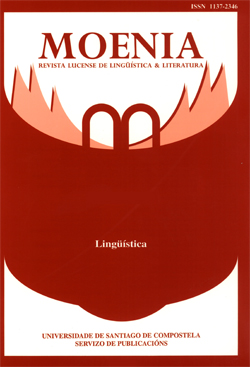The Compound Past Perfect Tense & the Reduction of Auxiliaries in Spanish: evidence of secondary grammaticalization?
Main Article Content
Abstract
This paper discusses the evolution of the periphrastic past (PPC) in Spanish and, more specifically, the structural and semantic changes that characterize its development. The analysis assumes a grammaticalization perspective of language change, one that, according to the literature, can be divided into primary and secondary grammaticalization. The latter has been argued to represent changes along a scale of increasing grammatical status, such as the type of change represented by the perfectivization of the PPC in Peninsular Spanish and in other Romance Languages (e.g., French). This development, I argue, occurs in tandem with a number of structural changes including the possibility of a reduced or elided auxiliary haber. I argue that this phenomenon, which has received almost no attention, is characteristic of a later stage of grammaticalization of the PPC, namely the stage at which speakers use the PPC to indicate temporal sequencing in narratives. Using established corpus data with data from sociolinguistic interviews, the distribution of auxiliary omission is explored and is ultimately argued to be a reasonable heuristic in observing advanced development in the case of the PPC.






